|
It’s week 8 of my 3 month intensive residency in my studio. I have worked on many portraits from life. There have been sleeping babies, TV glued kids, my man on the couch, my cousin in studio, life drawing models, fellow students and me in the mirror (now that can be confronting) but I must say it hasn’t seemed to have made it any less easier to ask someone outside of my immediate art world or family to sit for a portrait and then invite them to have a look at the finished job.
I don’t know who feels more vulnerable the sitter or the artist. I’m hoping that by doing more I’ll become more of a natural at this portrait caper. But right now, boy do I feel a little exposed. I’d be happy for any words of wisdom from those who have pushed through on this matter. And I must say I’m so impressed with my willing sitters. Who knows what could come. They might end up with a beasty on their head or looking like, well not pretty, which is really ever so likely with my keenness to slap paint on - ‘is that really how you see me?’ I have had a friend say to me that she once had a portrait painted of her by an artist and she found the painting so confronting and hated it. Even though it wasn’t me that painted it, I felt a little ouch for her and the artist. Apart from the fact that they may just be really confronted by the work, I suspect, how a sitter takes their portrait can be coloured by their expectations. What helpful things can an artist do to prepare the sitter for a potentially confronting moment? I’ve continued this week on some large headed portraits of a couple of my co-workers. Since the initial sessions with these sitters, I have been working off my reference materials collected from those sessions including sketches, thoughts, painted colour notes and photos. Then today, a good moment, another bit of a sitting, a bit of revealing too, and a sigh of relief, it was a moment of connection, another day on the journey. So this week I just really want to say thank you to Sharon and Dave, my adventurous sitters. It’s week 7 of my 3 month intensive residency in my studio. So my little red bag has joined Nim and me for our daily walk. As its trace can be found in many of my works for this current Wild series, the time had come for some in-situ moments. Out in the bush some new ideas came in a flood. I was thinking about the little red bag as a sign left, like the signs left all the time in the bush by the animals that live there. We came across many of their tracks and scats, some spied by me but mostly by Nim. She’s a pretty fine tracker – predator that she is! However, the one neither of us could miss was the decomposing body of the large eastern grey kangaroo – boy was it a wafter. It was the second dead kangaroo we’ve come across this month walking in this here parts. The other carcass disappeared within a week, dragged off somewhere else, all but a tuft of fur. Then there was the weathered skulls we found which became still life studies this week. With the ease of Barbara Triggs Tracks scats and other traces a field guide, they were checked - another eastern grey kangaroo and a bit of the top skull part of a juvenile fox. It is an exceptional reference book. . http://www.goodreads.com/book/show/2238186.Tracks_Scats_and_Other_Traces
If I ever do anything in my life as good as this book I will feel like I have contributed. It’s week 6 of my 3 month intensive residency in my studio. I have continued to play with and I have thought more about the idea of the unfinished work. I have included here an image of some of the detail from one of my works from this week. This work is still being contemplated, it’s just hanging out on my studio wall. Has enough been said – are you finished my little eastern quoll? So my thoughts generally are - is it that some unfinished works have a spontaneity and liveliness that can be lost in the finished work? Is it that some unfinished works show the underlying scaffolding and structure which can appeal? Is it that the parts of the work that are unsaid, help you enter the work, or give you licence to make up in your own mind about what is not explicitly shown.
I found this gem of a New York Times article by Roberta Smith, The fascination of the Unfinished http://www.nytimes.com/2014/01/10/arts/design/the-fascination-of-the-unfinished.html?_r=0 “ the history of Western painting is to some extent about an ever-increasing unfinishedness and loosening of surface. Think of the progression from the startling exactitude of van Eyck and the velvety brushiness of Titian to the painterly roughness of the Impressionists. Additionally, unfinished paintings are mysterious, even eliciting a slight sense of voyeurism, since we are looking at things that were supposed to be covered over but in the end were not. What halted their progress besides death, some loss of interest or failure of ambition? Perhaps it was the feeling, conscious or not, that the work was actually finished and would be recognized as such by coming generations?” I have been thinking about this idea of the unfinished for a long time. I remember looking at one of my process drawings for my year 12 art work when I was just 17 and questioning at that time what was it that made this drawing more interesting to me than some of my others. Was it that part of the still life shoes were detailed and part only hinted at? Anyway I left the drawing as is at the time and held off from more detail. With this reminisce I searched back for my art diary to find this drawing and bingo. I’ve included an image of it here (with adjusted levels). And with this inclusion I’ve realised I’ve come along way with my art but also I haven’t ventured far. I’m still drawing shoes 20+ years later. I have also been thinking more about my year 12 major artworks because the other exhibition that will be on show in Cowra Regional Art Gallery at the same time as my ‘Wild’ exhibition will be a selection of NSW Department of Education Art Express acquisitions works – I think it could be wild too. It’s week 5 of my 3 month intensive residency in my studio and I’m starting to get the photographing of my work in order. I have always used natural light to record my works, apart from the time that I lost my camera and had the talented camera buff Steve Woodhall (many thanks) take some studio photos of my works. As my last attempts to take decent snaps of my works were thwarted by time and the heavens and nasty oil painting glare, I decided it was time to look into studio lighting set ups. So this is my first go after a bit of an internet search, a scrounge around the house for some improvising bits and bobs and a trip to Bunnings. I know I’ve got to refine how I’m diffusing the light (so as not to be party to further work health and safety worries – government employee stamped I am). Apart from that, I set up 4 lights (using daylight bulbs) spread from above, below and either side at a 45 degree angle (all diffused), blocked off the window light from behind and the side with some crafty cardboard inserts (handy but not quite as awesome as Canes Arcade http://cainesarcade.com/ Thanks to my gorgeous son for the share), camera set up on the tripod (street pick up by brother-in-law Jon – cheers for that) as far away as I could in the room and zoomed in, set on f8, raw, timer mode and ISO 100. Camera positioned nicely to the middle of the work and the work placed with the spirit level. I looked for glare on my oil paintings, playing with the light angles and diffusers and trialled using a polariser and two different lenses (an 18-55 and a macro). I know I’m on training wheels so if anyone wants to share any hints, go for it. Here in these snaps you can see some of this lighting action and one of the malleefowl headpieces from last week featured.
|
AuthorNic Mason Archives
April 2023
Categories |
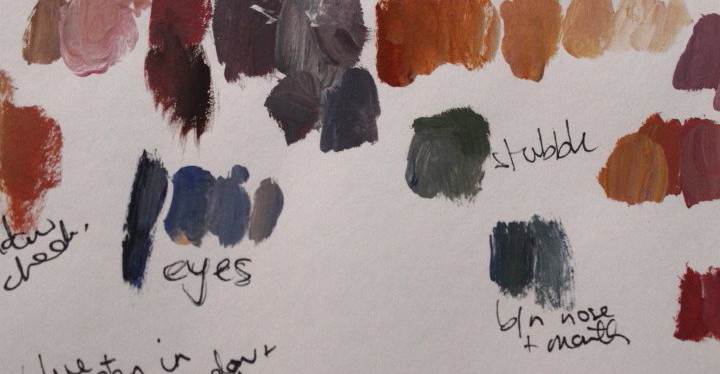
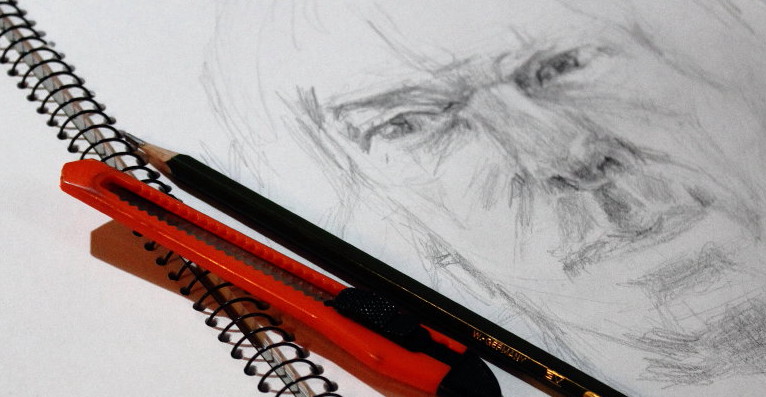
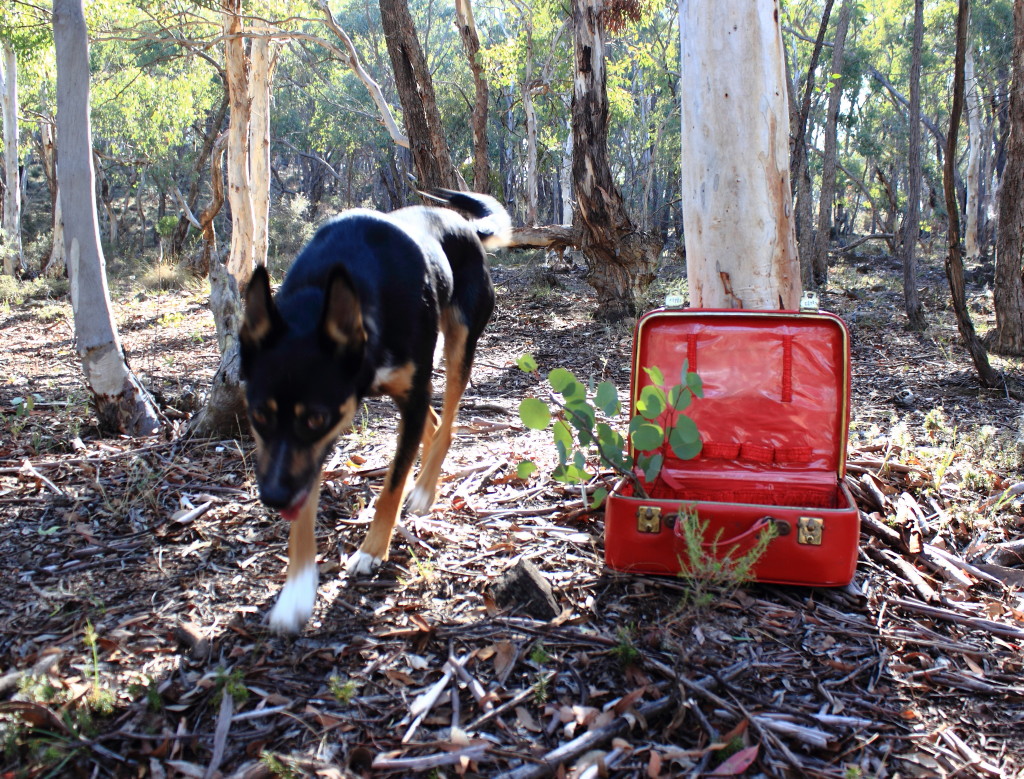
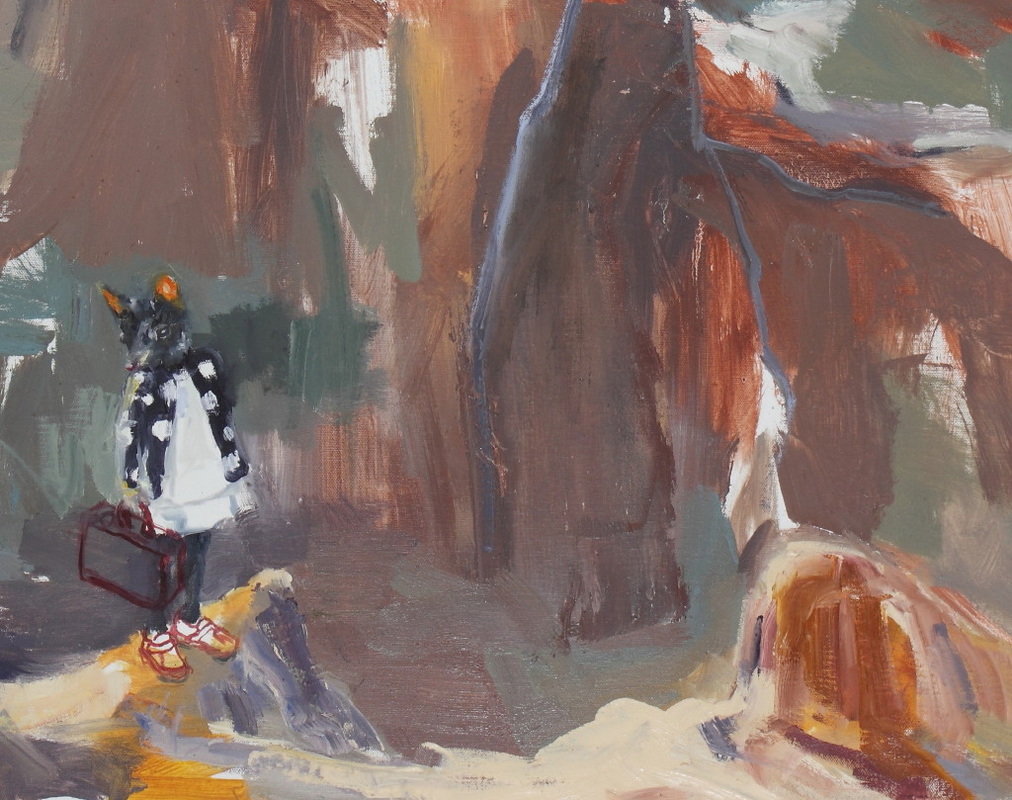
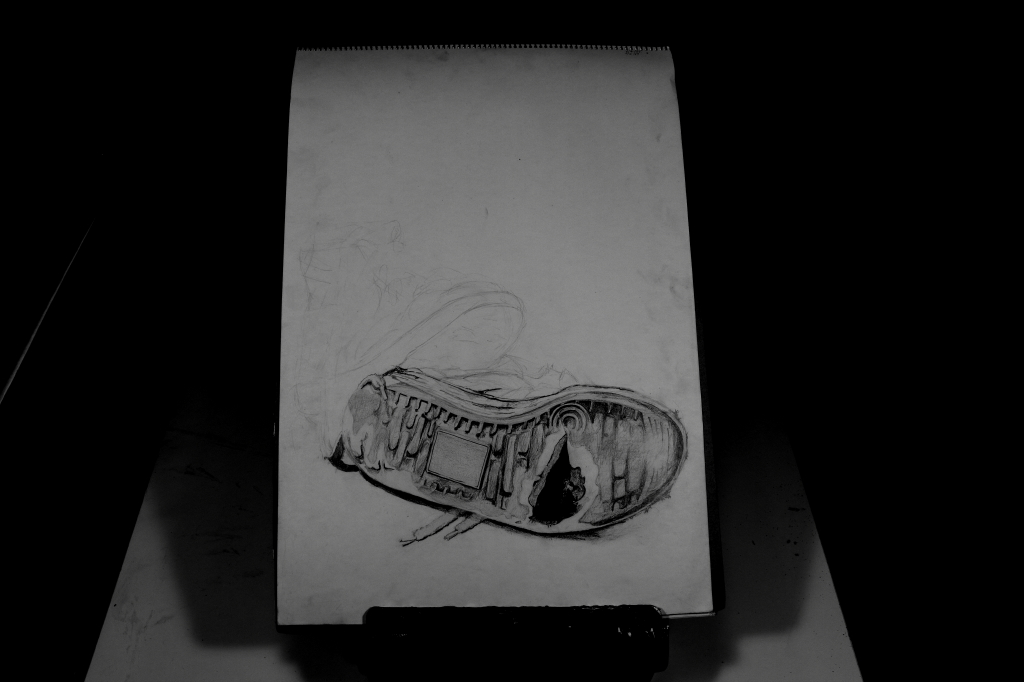
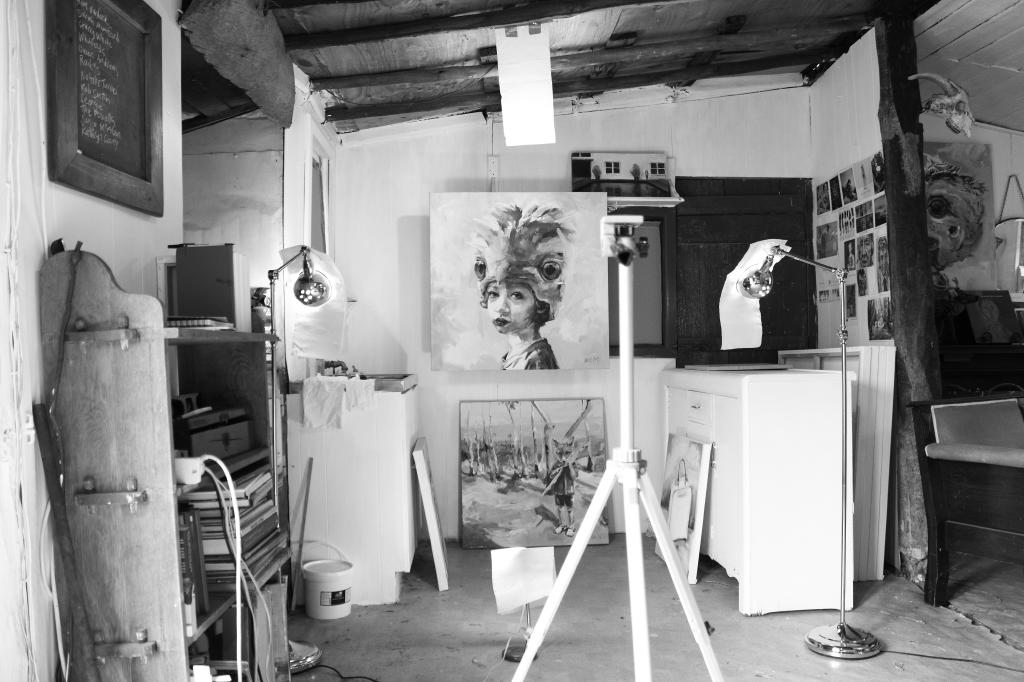
 RSS Feed
RSS Feed